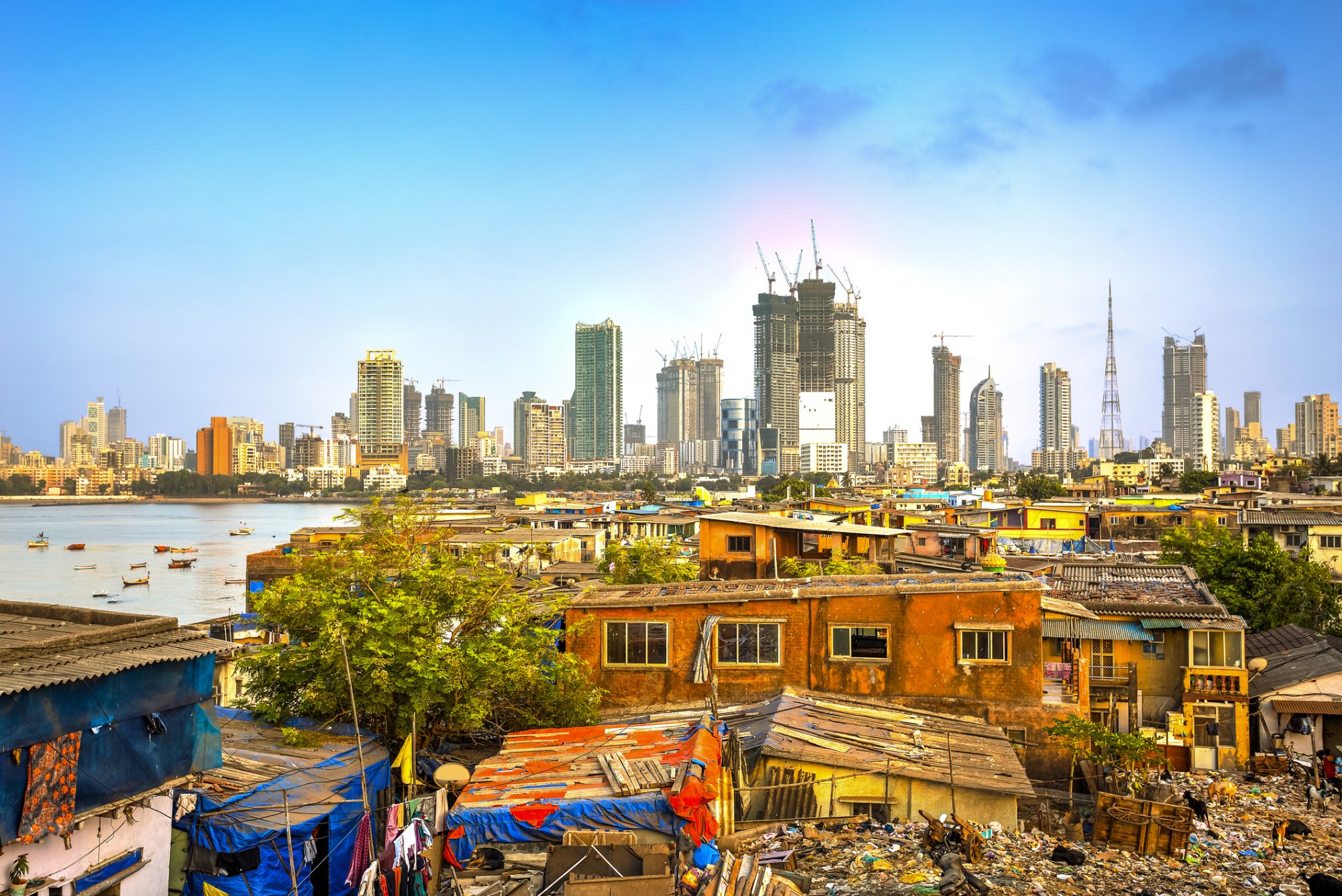A new projection of the population growth rate highlights that the world’s population could peak at 8.5 billion people by 2050, and decline to 7 billion in 2100
While significantly lower than several prominent population estimates, including those of the United Nations, researchers from the Earth4All initiative for the Global Challenges Foundation, used a new system dynamics model to understand the population growth rate.
Exploring two scenarios this century, researchers entail that investment into economic development, education, and health could help the global population growth rate to peak at 8.5 billion people by 2050.
Some argue that this decline in population size would be beneficial, as larger population sizes lead to greater consumption of non-renewable resources, leading to a faster depletion of natural resources, as well as greater pollution levels in air, water and land.
However, researchers suggest new models which counteract this belief.
Investment in poverty alleviation could aid population issues
The research looks across ten regions such as Sub-Saharan Africa, China, and the United States. Currently, population growth is highest in some nations in Africa, such as Angola, Niger, the Democratic Republic of Congo and Nigeria, and Asia, for example, Afghanistan.
The first scenario the researchers propose is titled ‘Too Little Too Late’. It follows the trend that the world continues to develop economically in a similar way to the last 50 years.
The model suggests that within this trend, most of the very poorest countries break free from extreme poverty, to which, researchers estimate the global population could peak at 8.6 in 2050 before declining to 7 billion in 2100.
Particular investment in education and health could end extreme poverty by 2060
In the second scenario, called the ‘Giant Leap’, an unprecedented investment in poverty alleviation, particularly investment in education and health – along with extraordinary policy turnarounds on food and energy security, inequality and gender equity, could end extreme poverty by 2060.
With a marked impact on global population trends, the researchers estimate that in the Giant Leap, the population peaks at 8.5 billion people by around 2040 and decline to around 6 billion people by the end of the century.

Why does economic development or educational attainment matter?
Per Espen Stoknes, Earth4All project lead, said: “We know rapid economic development in low-income countries has a huge impact on fertility rates. Fertility rates fall as girls get access to education and women are economically empowered and have access to better healthcare.”
Beniamino Callegari, an Associate Professor from Kristiania, added: “Few prominent models simulate population growth, economic development and their connections simultaneously.
“If we assume these countries adopt successful policies for economic development then we can expect the population to peak sooner rather than later.”
Is the large population growth rate the worst factor, or is it overconsumption?
What is the connection between population and exceeding planetary boundaries? Many argue that the population growth rate is dangerous, as overpopulation leads to fewer resources for many.
However, the researchers discredit this estimation, as they argue the carrying capacity of Earth would be okay – but only without overconsumption from richer nations and bodies.
The carrying capacity of Earth, contrary to public popular myths, suggests that population size is not the prime driver of exceeding planetary boundaries such as climate change. Instead, it is extremely high material footprint levels among the world’s richest 10% that are destabilising the planet.
“A good life for all is only possible if the extreme resource use of the wealthy elite is reduced.”
According to the team’s demographic projections, the entire population could achieve living conditions exceeding the United Nations minimum level without significant changes in current developmental trends, provided an equal distribution of resources.
At current population levels, it would be possible for everyone to escape extreme poverty and have a life with access to food, shelter, energy and other resources – but only with an equal distribution of resources.
Jorgen Randers, one of the leading modelers for Earth4All and co-author of The Limits to Growth, said: “Humanity’s main problem is luxury carbon and biosphere consumption, not population. The places where the population is rising fastest have extremely small environmental footprints per person compared with the places that reached peak populations many decades ago.
“A good life for all is only possible if the extreme resource use of the wealthy elite is reduced.”











